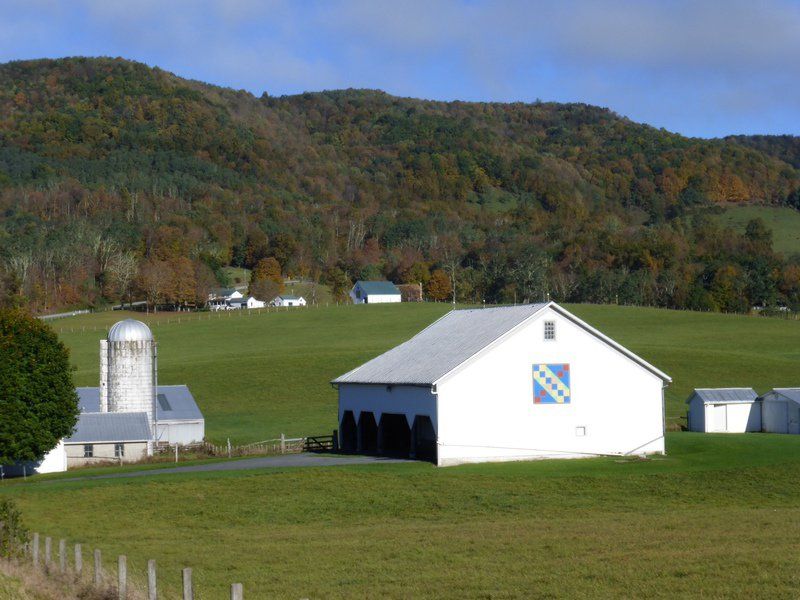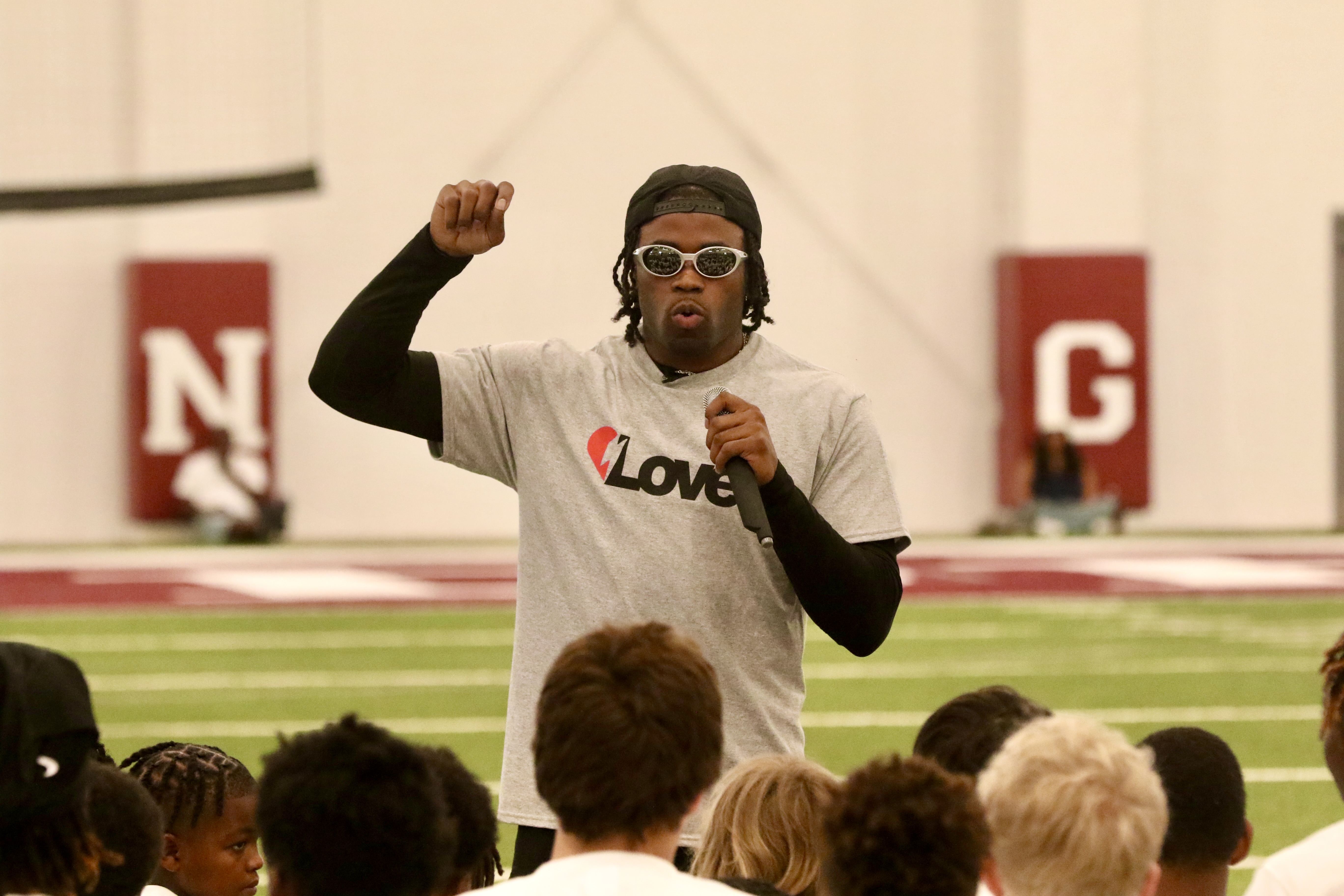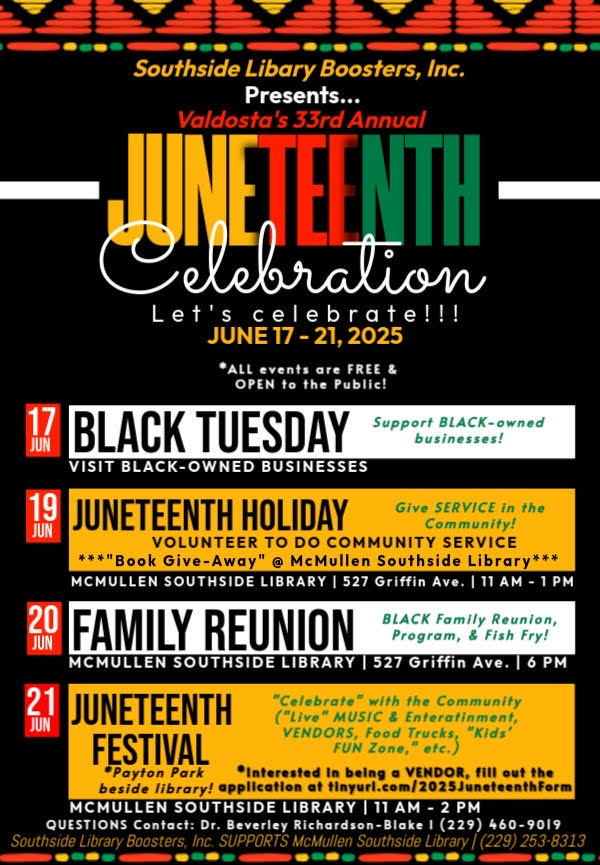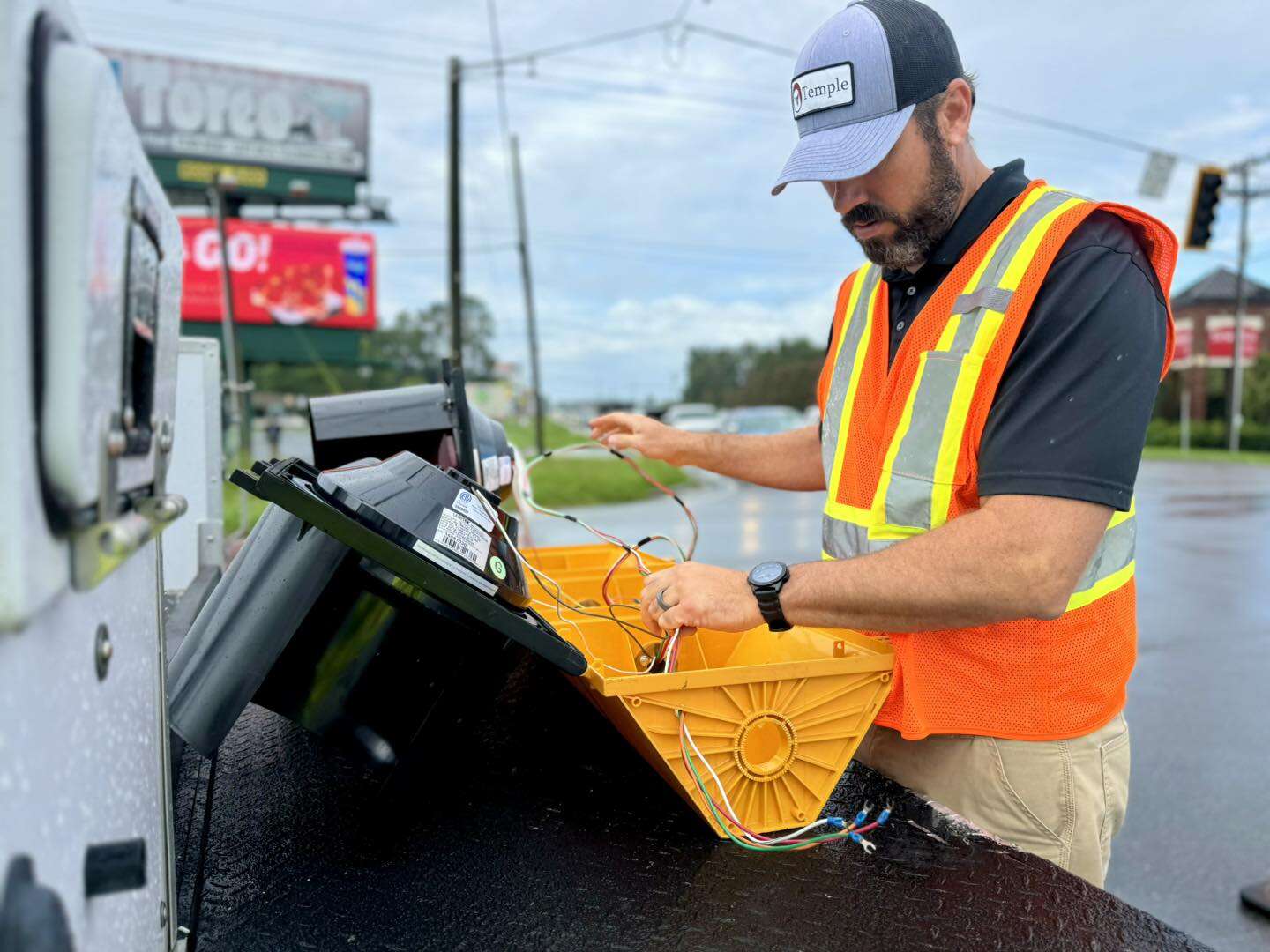Farm Art
Published 9:00 am Sunday, December 6, 2015

- David & Kay Scott
Nearly everyone loves quilts, the decorative and colorful covers or blankets created from soft batting stitched between two layers of fabric.
Perhaps you own one or more quilts, and one may be on your bed right now. Quilts come in all sizes: small for the lap or a baby’s bed, or larger for single to king size beds. Quilts are typically true pieces of artwork, with some so beautiful they are used as wall hangings.
Quilting
Quilts are usually made by sewing together blocks or squares of fabric on each side of some type of batting, while following a specific pattern, although colors and fabric can vary within each pattern. Many patterns are sufficiently popular as to have acquired names such as Log Cabin, Double Wedding Ring, and Irish Chain.
The image of a star is particularly common in quilt patterns. Various patterns using stars are Morning Star, Evening Star, Blazing Star, Mountain Star, Shooting Star, Variable Star…. Well, you probably get the idea. The Crazy Quilt pattern is just that, a patchwork of pieces with no true design. Crazy Quilts are frequently constructed of leftover scraps of fabric, resulting in true recycled artwork.
Quilts have acquired a variety of uses in addition to keeping you warm or bedeck a wall of your home. Quilt pieces are frequently used to embellish fabric objects such as jackets and tote bags. Painted quilt designs have been attached to useful and decorative objects such as serving trays and plaques.
Barn Quilts as an Art Form
One of the newer uses of quilt squares is as an application to buildings, especially, barns. These colorful designs known as barn quilts are becoming increasingly popular with farmers and ranchers. When large out-buildings are unavailable, homeowners have been known to place large quilt squares on their homes, storage sheds, and garages.
Our introduction to barn quilts came during a recent trip through Highland County, Virginia. Barn art has become so popular in Highland County the local Chamber of Commerce prints a flier with photographs of county’s barn quilts along with a map indicating each quilt‘s location. The county has even developed a Facebook page devoted to the area’s barn quilts (www.facebook.com/Highland-Barn-Quilts).
During our visit to Highland County we met Margie Boesch, a local artist who has painted a large number of the county’s barn quilts. Margie rendered her first barn quilt as a gift, and from that beginning grew a successful business, Highland Barn Quilts. Her quilts are usually 4’ X 4’ or 8’ X 8’ (two- 4’ X 8’s) painted on signboard. The first step is priming the board with 3 or 4 coats of primer before using a pencil to sketch the design. Next, she utilizes painter’s tape to surround the first area to be painted, painting a single color at a time. Margie will use four to six coats until she feels the painted area almost “glows.” While waiting for the paint to dry, she works on a different quilt. At the time we visited she was at work on four barn quilts, each in a different stage of completion. Once all the colors have been painted and the “touching-up” completed, the piece is ready for hanging.
Although the Highland County visit served as our introduction to barn quilts, we subsequently discovered the art has spread through the lower forty-eight states, plus portions of Canada. It appears that a number of counties with numerous barn quilts have, like Highland, developed “Barn Quilt Trail” maps.
Birth of the Barn Quilt
Barns have been the objects of various types of decorations through the years. Quilting is a unique type of barn decoration that seems to have had a resurgence when Donna Sue Groves and her mother, Maxine, moved to a farm in Adams County, Ohio. The farm included an unsightly barn the new owner felt needed to be spruced up a bit. To honor her mother, a noted quilter, the daughter decided to decorate the barn with a quilt pattern.
Although Donna Sue didn’t get around to the project right away, she did talk with several people about the idea. Being involved with local community organizations and the Ohio Arts Council resulted in her plan undergoing some changes.
The Formation of Quilt Trails
Adams County was and remains a relatively rural county whose residents benefit from spending by tourists. The thought was that county barns decorated with painted quilt squares would draw additional visitors to the area. With diligent work from members of a volunteer committee formed in January of 2001, the first of twenty quilt squares was installed in October of the same year.
Although the initial quilt wasn’t on Donna Sue’s barn, she eventually got a quilt applied to her own structure. The American Quilt Trail proved a success for Adams County and the idea subsequently spread across the US.
Quilt trails have been created by various organizations including civic groups, local art councils, and 4-H Clubs. Highland County currently includes 27barns on its own barn quilt trail. That number will soon nearly double because a number of residents have decided to add the decorations to their own buildings. Traveling from barn to barn through such scenic country made for an enjoyable trip.
Craig County, Virginia’s Public Library initiated a project called “Barn Quilts for Books.” An enterprising group of library patrons raises money for the library by painting barn quilts to order for the price of: $125 for a 2’x2’, $250 for a 4’x4’, and $450 for an 8’x8’. Special orders may entail additional costs; and the price does not include delivery or installation (www.craiglibrary.org). This seems a great way to support the local library while adding beauty to an already scenic area.
David and Kay Scott reside in Valdosta and are authors of “Complete Guide to the National Park Lodges” (Globe Pequot).





